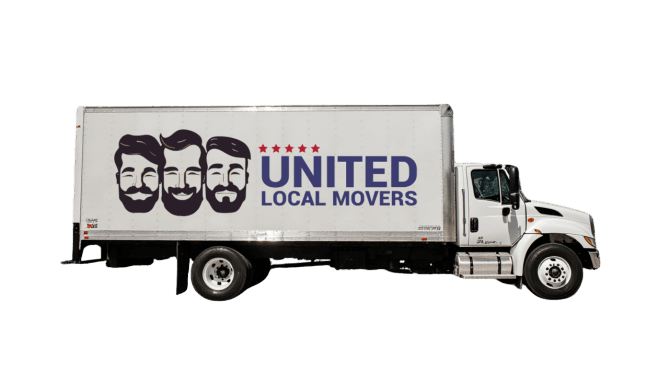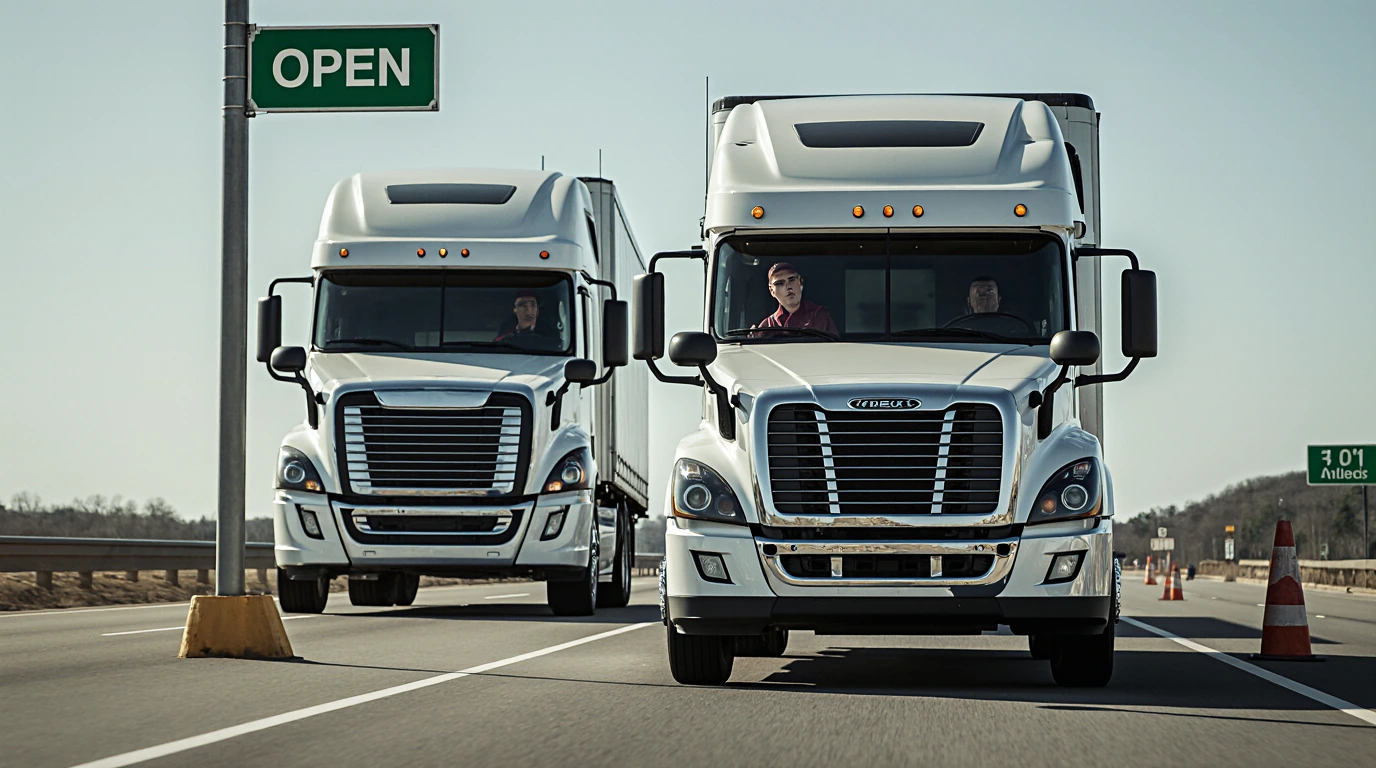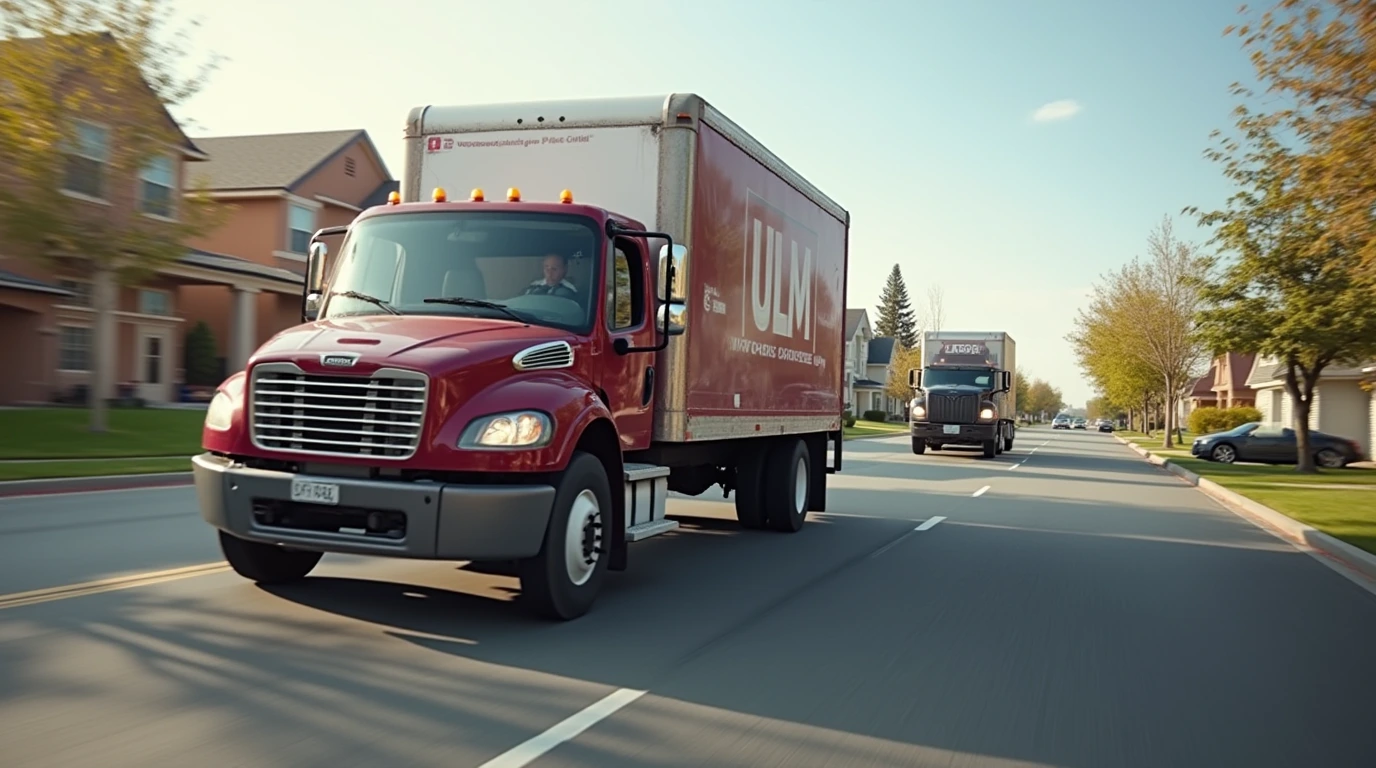When budgeting for your move, it’s easy to focus on truck rental costs and forget about two big factors that can significantly impact the total price: fuel and tolls. Driving a rental truck is very different from driving a car when it comes to fuel efficiency and road fees. Understanding how fueling works, how to calculate mileage, and how to manage toll roads can save you hundreds of dollars — and a lot of stress — on moving day.
Why Fuel and Tolls Matter More Than You Think
Rental truck pricing doesn’t include fuel or tolls, and those expenses can add up fast. A fully loaded 20- or 26-foot truck can average only 8–12 miles per gallon, depending on terrain and driving conditions. Add toll road fees on top, and your moving budget can balloon unexpectedly if you’re not prepared.
- ⛽ Fuel: One of the biggest variable costs during a DIY move.
- 🛣️ Tolls: Fees can add up quickly on interstate highways.
- 📍 Distance: The longer the trip, the more planning you need.
With a little strategy, you can plan smarter and keep your relocation costs under control.
Understanding Truck Fuel Efficiency
Unlike your personal car, moving trucks are heavy, especially when fully loaded. Fuel consumption depends on several factors:
- 🚛 Truck size and weight
- 🧭 Terrain (hills, mountains, highways)
- 🚦 Traffic conditions and speed
- 🌬️ Weather and wind resistance
Average MPG by truck size:
| Truck Size | Average MPG | Estimated Range (Full Tank) |
|---|---|---|
| 10 ft | 12–15 mpg | 300–400 miles |
| 15 ft | 10–12 mpg | 250–350 miles |
| 20–26 ft | 8–10 mpg | 200–300 miles |
These numbers can vary, but they give you a good baseline for budgeting fuel stops and total gas costs.
Calculating Fuel Costs for Your Move
To avoid surprises, calculate your estimated fuel cost before hitting the road. Here’s how:
- 📍 Determine your total mileage using Google Maps or your route planner.
- ⛽ Divide total miles by your truck’s MPG to estimate gallons needed.
- 💵 Multiply by the current average gas or diesel price.
For example, a 1,000-mile move in a 20-foot truck averaging 10 MPG at $4.00/gallon:
- 1,000 miles ÷ 10 MPG = 100 gallons
- 100 gallons × $4.00 = $400 in fuel
That’s a significant portion of your moving budget — and worth planning for carefully.
Fuel Types: Gasoline vs. Diesel
Different truck sizes may use different fuel types. Always confirm with your rental company:
- 🚐 10–15 ft trucks usually use regular gasoline.
- 🚚 20–26 ft trucks often use diesel.
Filling the wrong type of fuel can cause severe engine damage and expensive penalties. Check the label on the fuel cap and confirm before your first stop.
Best Practices for Fueling a Rental Truck
Fueling a large vehicle can feel a bit different than filling up a car. A few smart habits can save time and money:
- ⛽ Choose highway gas stations designed for larger vehicles.
- 🚦 Fuel up before the tank gets too low to avoid remote station premiums.
- 📸 Take a picture of the fuel gauge after filling up at pickup to match it on return.
- 💳 Use discount fuel apps or loyalty programs to save at the pump.
Many companies charge high refueling fees if you return the truck with less fuel than required — so top up before drop-off.
Managing Tolls During a Move
Toll costs can sneak up on you if you’re not careful. Unlike a car, moving trucks may be classified differently and charged higher toll rates. Toll systems also vary from state to state.
Key factors that affect toll pricing:
- 🚛 Vehicle size and axle count
- 🛣️ Specific toll roads or bridges
- 📍 State tolling rules (E-ZPass, SunPass, etc.)
- 💳 Payment method (cash vs. transponder)
Example: Crossing the George Washington Bridge in a 2-axle rental truck costs significantly more than in a passenger car. Plan your route accordingly to avoid expensive tolls where possible.
How to Pay Tolls Efficiently
There are three main ways to handle tolls during your move:
1. Cash Payment (Where Available)
Some toll booths still accept cash, but these are becoming rare. If you choose this option:
- 💵 Keep small bills handy.
- 📍 Watch for “Cash Lanes” to avoid fines.
- ⏳ Expect slower travel times at toll plazas.
2. Transponder (E-ZPass, SunPass, FasTrak)
If you’re moving through toll-heavy states, using an electronic transponder can save time and money. Many rental truck companies allow you to bring your own or add a temporary toll device for the trip.
- 🚦 Faster toll booth access
- 💰 Discounted rates in many states
- 📊 Automatic toll tracking
3. Toll-by-Plate or Mail Billing
Some tolls will automatically photograph your license plate and bill the rental company. Be careful — these often come with administrative fees added by the truck rental provider.
- 📩 Check with the rental company about their toll policies.
- 💳 Consider paying tolls yourself to avoid extra charges.
Route Planning to Avoid High Tolls
Some toll roads are unavoidable, but others can be bypassed with smart planning. Use navigation apps that allow toll-free route options to compare estimated times and costs. A few extra miles on a toll-free route may save you a lot of money.
- 📍 Avoid major toll bridges and turnpikes if cost is a concern.
- 🗺️ Plan fuel and rest stops on toll-free highways.
- 🚦 Schedule travel during off-peak hours to avoid congestion charges in cities.
Even skipping one or two expensive toll roads can make a noticeable difference in your moving budget.
Fueling Strategy for Long-Distance Trips
On multi-day moves, planning your fuel stops can help keep costs predictable:
- 🛣️ Stop at large travel plazas with truck lanes to avoid tight stations.
- ⏳ Fuel up early in the morning or late at night to avoid long lines.
- 📊 Track your mileage to spot inefficiencies or leaks early.
- 💰 Use gas price comparison apps to find cheaper stations along your route.
Efficient fueling isn’t just about saving money — it also helps you stay on schedule.
Returning the Truck With the Right Fuel Level
Most rental contracts require returning the truck with the same amount of fuel it had at pickup. Failing to do so often results in:
- 💸 High refueling fees
- ⛽ Extra charges for “service” at inflated rates
- 🧾 Unnecessary deductions from your deposit
Top up the tank at a nearby gas station before drop-off. Take a photo of the gauge and receipt in case of disputes.
Budgeting for Fuel and Tolls
When estimating your moving costs, factor in fuel and tolls early:
- ⛽ Calculate total fuel cost using mileage and MPG.
- 🛣️ Use toll calculators for your route.
- 💳 Set aside a small buffer for unexpected detours or toll surcharges.
Even if you’re renting a truck on a budget, these steps help you avoid unpleasant surprises.
Tips to Maximize Fuel Efficiency
- 🚦 Maintain a steady speed and avoid sudden acceleration.
- 🏁 Stick to the right lane and drive at moderate speeds.
- 🧭 Avoid unnecessary idling.
- 📦 Load the truck evenly to minimize drag and rolling resistance.
Small habits can make a big difference on a long trip — especially with a vehicle that only gets 8–10 MPG.
Why Professional Movers Can Sometimes Be Cheaper
While renting a truck gives you control, factoring in fuel, tolls, lodging, and time can make professional movers a more cost-efficient option for some people. Companies like United Local Movers include transportation in their quotes — so you don’t have to worry about fluctuating gas prices or toll fees.
Taking Control of Your Moving Budget
Fueling and tolls are easy to underestimate, but with smart planning, you can stay on budget. Track your expected mileage, know your fuel type, plan your toll routes, and return the truck properly fueled. These simple steps can save you time, money, and headaches on moving day.
With United Local Movers, your relocation becomes safer, faster, and stress-free — and you might not even have to touch the gas pump yourself.





